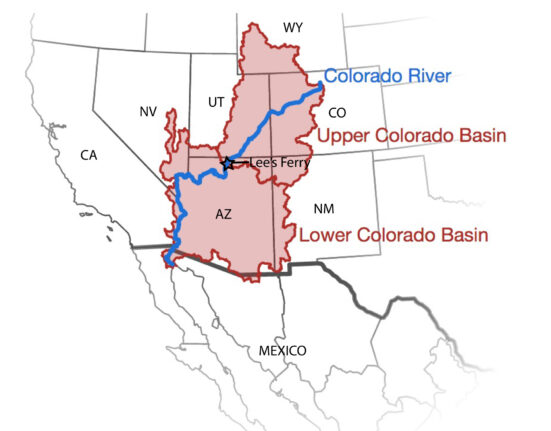On a sun-soaked morning at the Washoe Tribe of Nevada and California’s wood yard, nestled in a valley near Lake Tahoe, a bustling scene unfolds. Magpies flutter around stacks of lumber, as chainsaws buzz and sawdust fills the air. Foreman Kenneth Cruz oversees the operation, where crewmember Jacob Vann tackles thick Tamarack pine logs with precision.
“Yeah, it is — it’s really dense,” Vann remarks about the challenging wood. These logs will soon be transformed into firewood that plays a crucial role in heating homes for many Washoe Tribal members.
The tribe received a significant boost in 2023 when a $1 million grant from the U.S. Forest Service enabled them to acquire heavy-duty equipment to process firewood efficiently. Today, they produce around 1,000 cords of firewood annually, providing essential warmth for numerous households during chilly months.
Some surplus firewood finds its way to local stores and campgrounds, creating a symbiotic relationship between customers and the tribe’s energy initiative. As Cruz explains,
“For every cord that is sold, that also pays to have a cord cut, split, and delivered to a tribal elder”
through their heartening program called Wood for Elders.
This initiative operates much like a food bank but with firewood instead of groceries. Around 110 Washoe elders benefit from this service each winter, ensuring they stay cozy when temperatures drop. While winters are becoming milder in the West due to climate change, severe storms can still pose challenges for those relying on well-heated homes.
Chairman Serrell Smokey emphasizes how vital firewood is for many tribal members: “They can’t afford to pay high prices of propane…the firewood is a way that everybody would heat their homes.”
The tribe’s approach involves sustainable forest management practices by strategically harvesting timber from overgrown forests or areas affected by wildfires. By converting this timber into firewood through their Wood for Elders program – which partners with organizations like the National Forest Foundation – they not only support elders but also contribute positively to forest health.
Sam Pankratz of the National Forest Foundation underscores the importance of such partnerships as wildfires become more frequent and intense due to rising global temperatures:
“Our ability…to put [timber] to good use while also addressing hazardous fuels…is sort of a win-win.”
Through these efforts, tribes across several states benefit from programs like Wood for Life provided by organizations partnering with Native communities like Hopi Nation and Navajo Nation among others who rely significantly on wood as an essential source of energy.
Back at the Washoe wood yard, Cruz reflects on their impactful work: “To me…we’re doing something good for our communities.” The tribe’s commitment goes beyond just meeting their own needs; they’re willing to extend help further if neighboring tribes face shortages.
In conclusion:
– The Washoe Tribe’s Wood for Elders program exemplifies community care.
– Sustainable forestry practices benefit both tribal members and forest ecosystems.
– Partnerships with organizations ensure continuity and expansion of such initiatives.
– Climate change underscores the urgency behind these vital programs supporting Indigenous communities’ energy needs.









Leave feedback about this